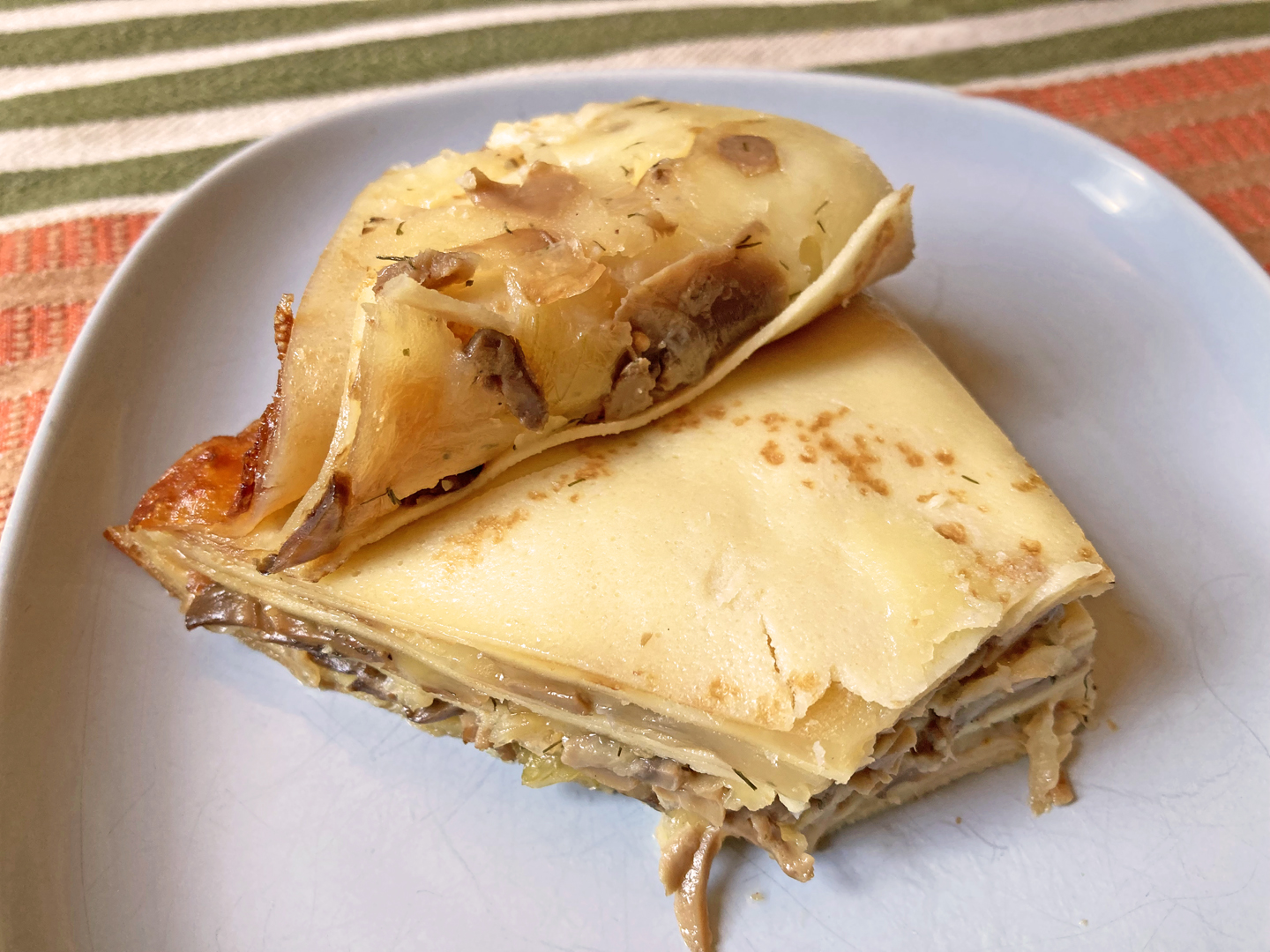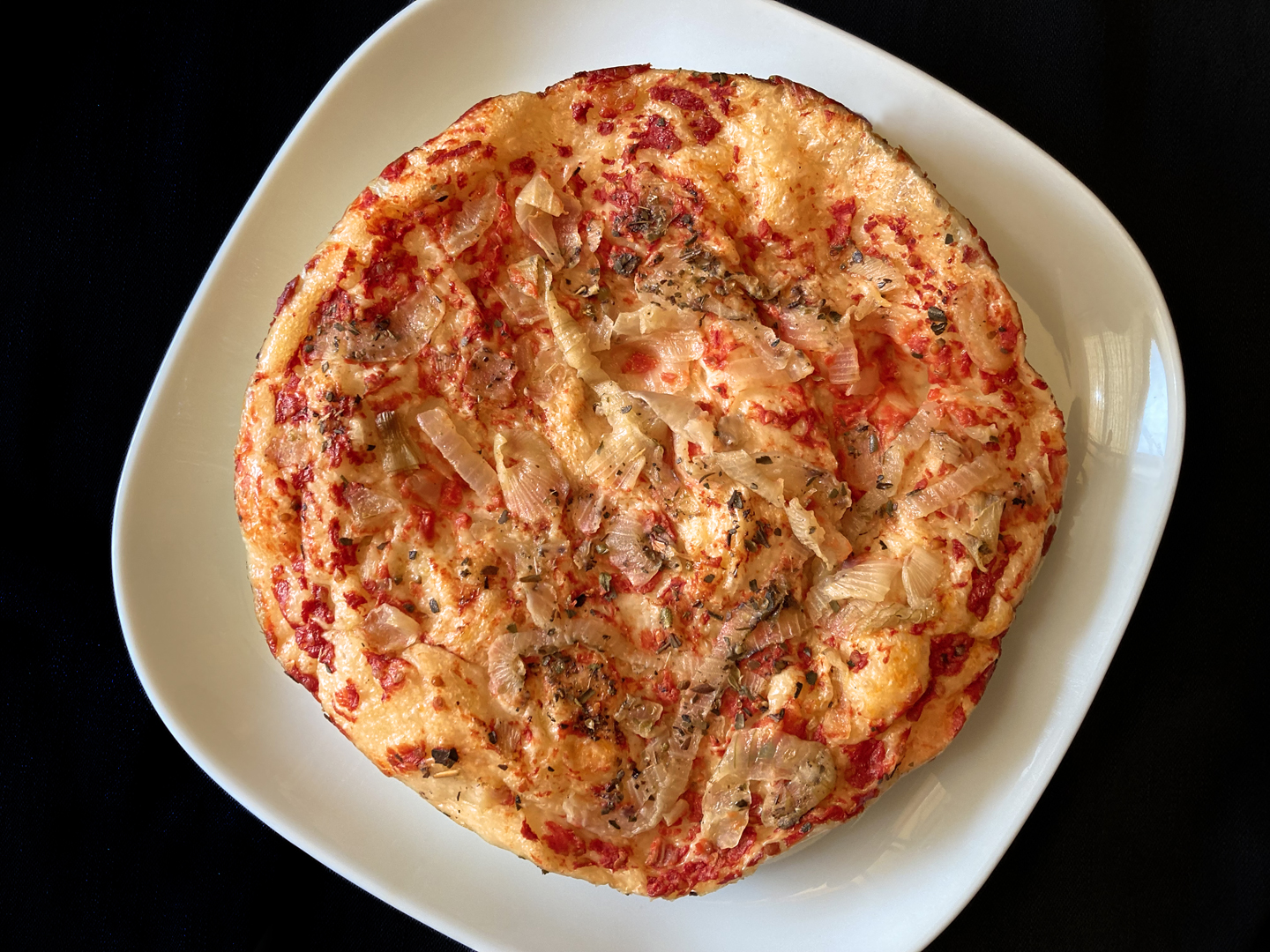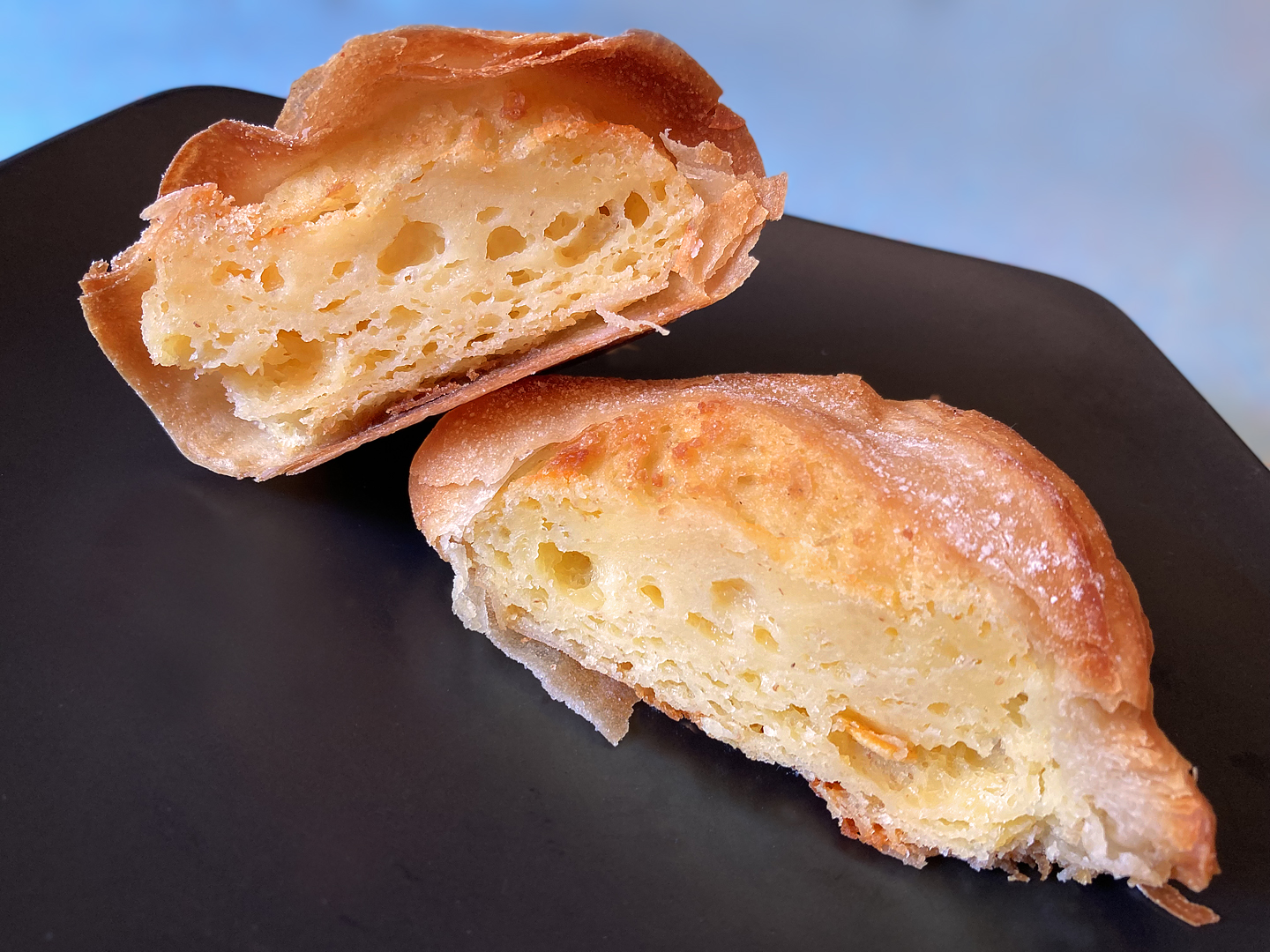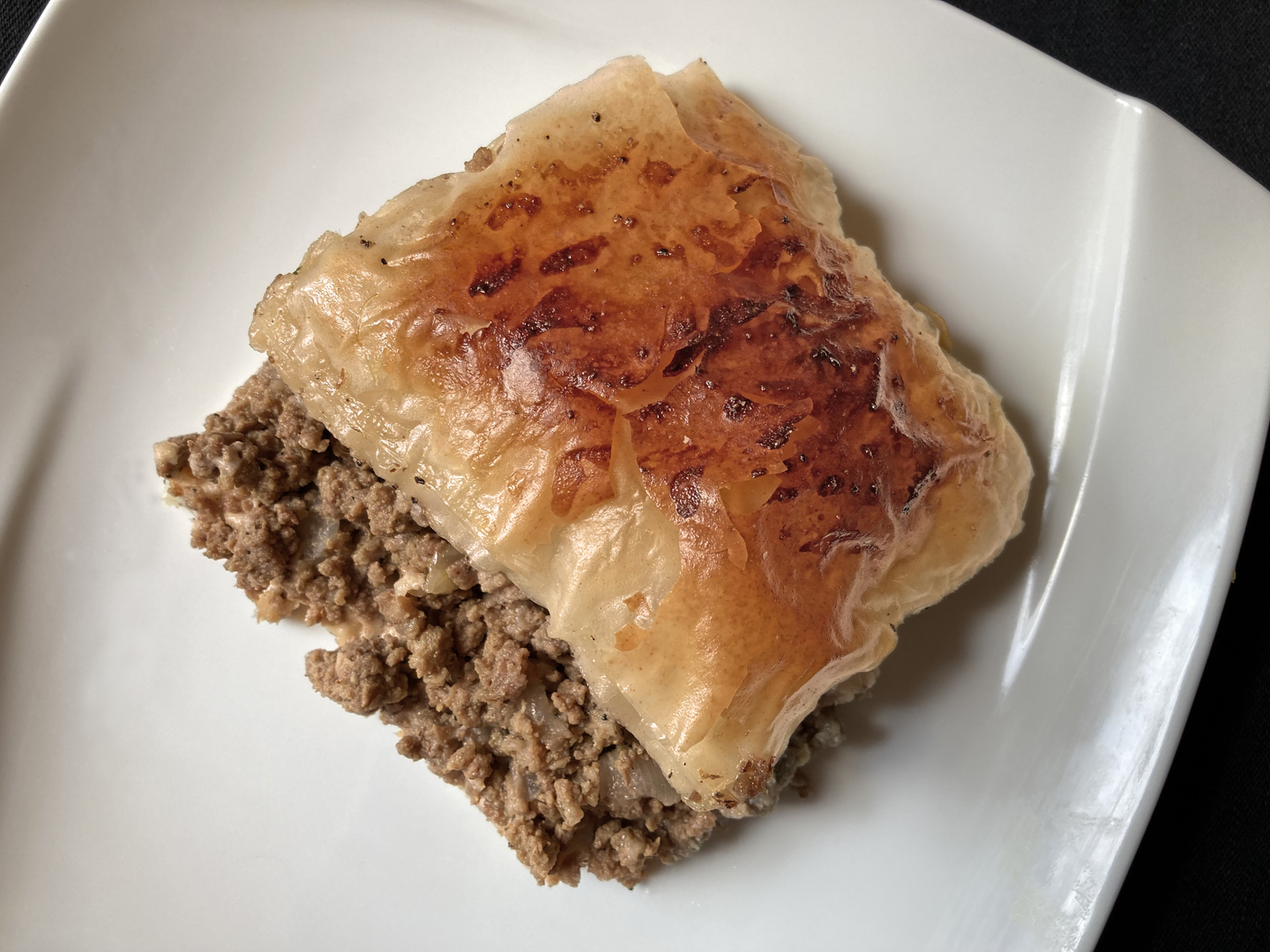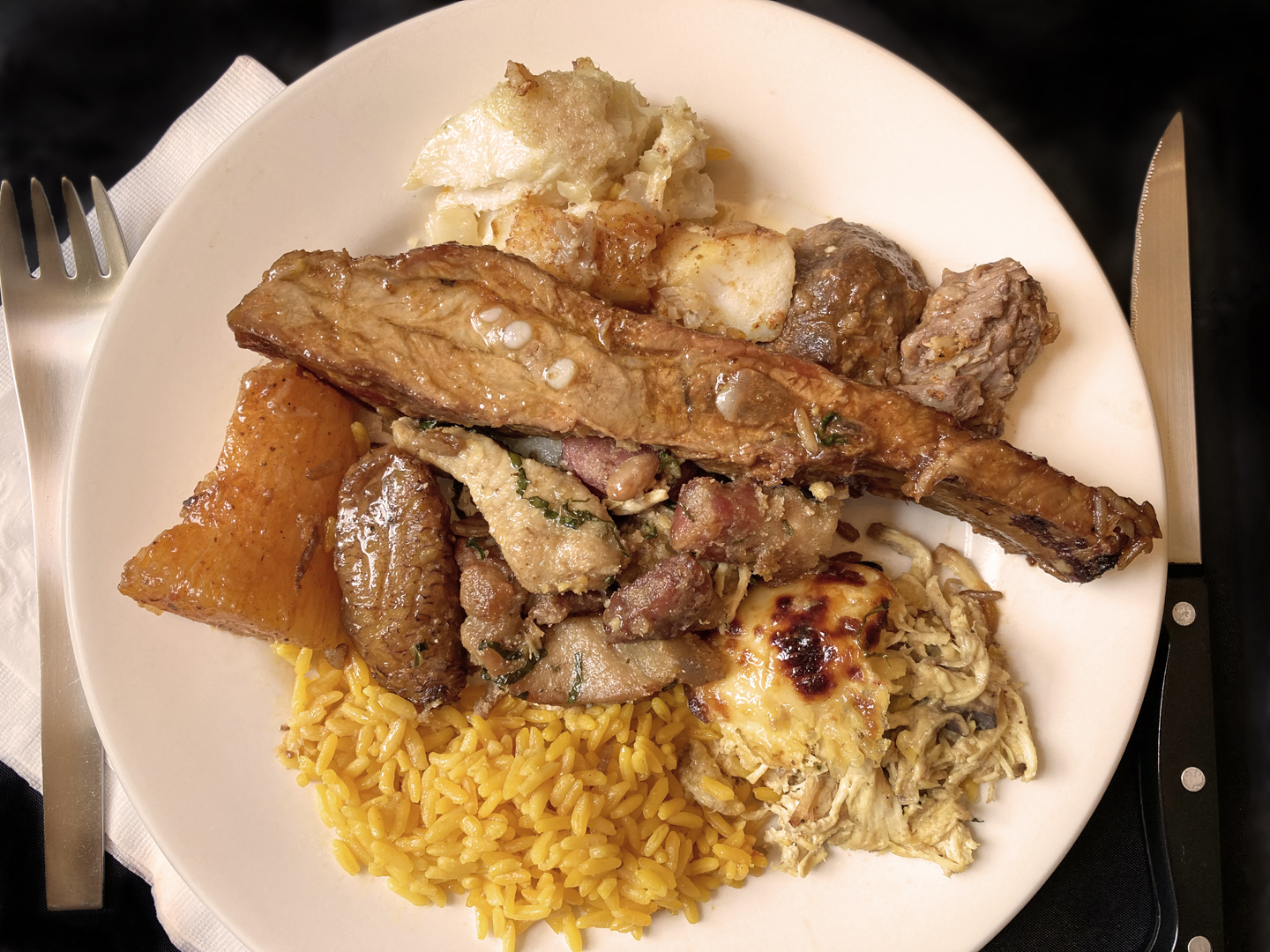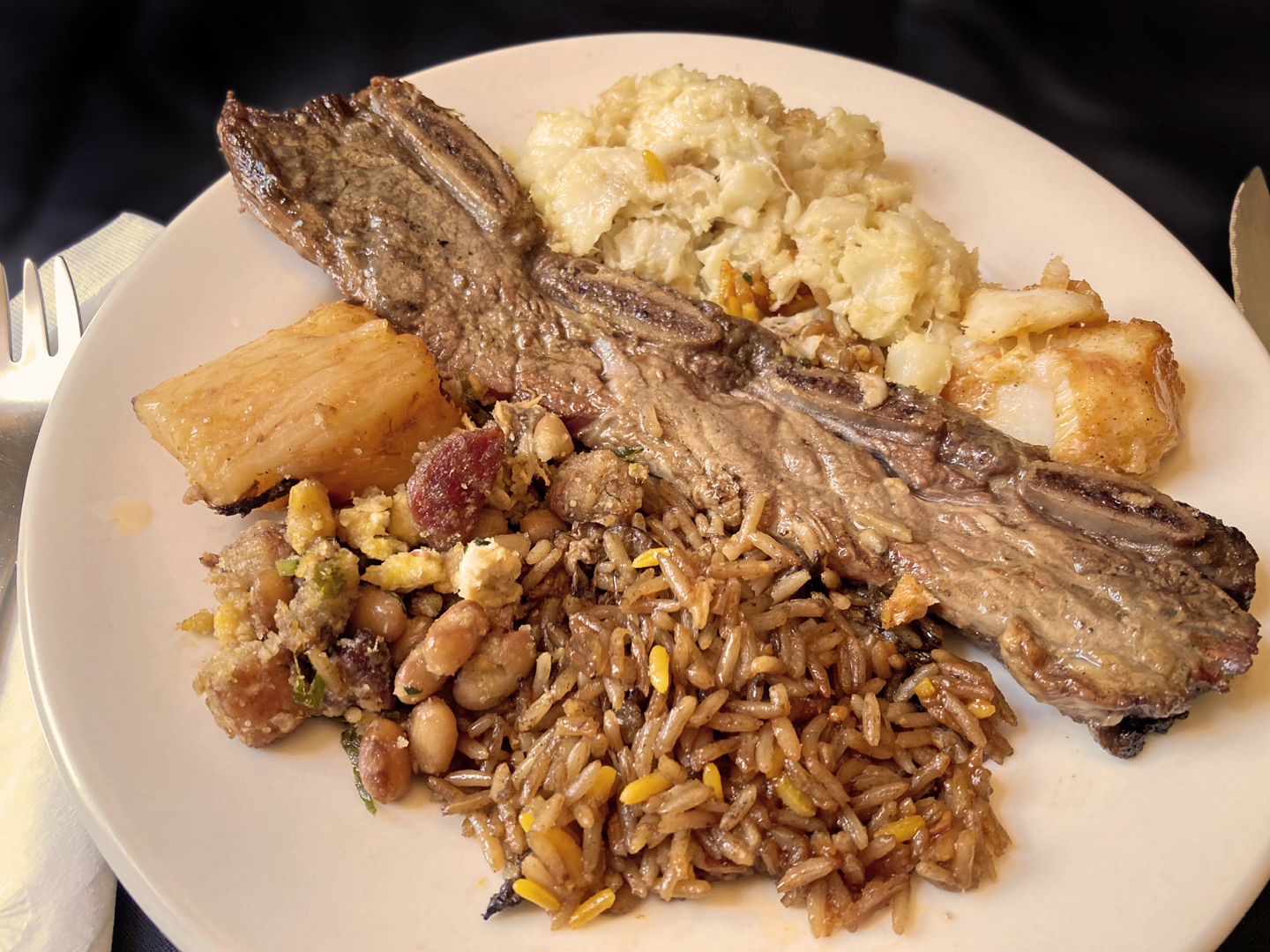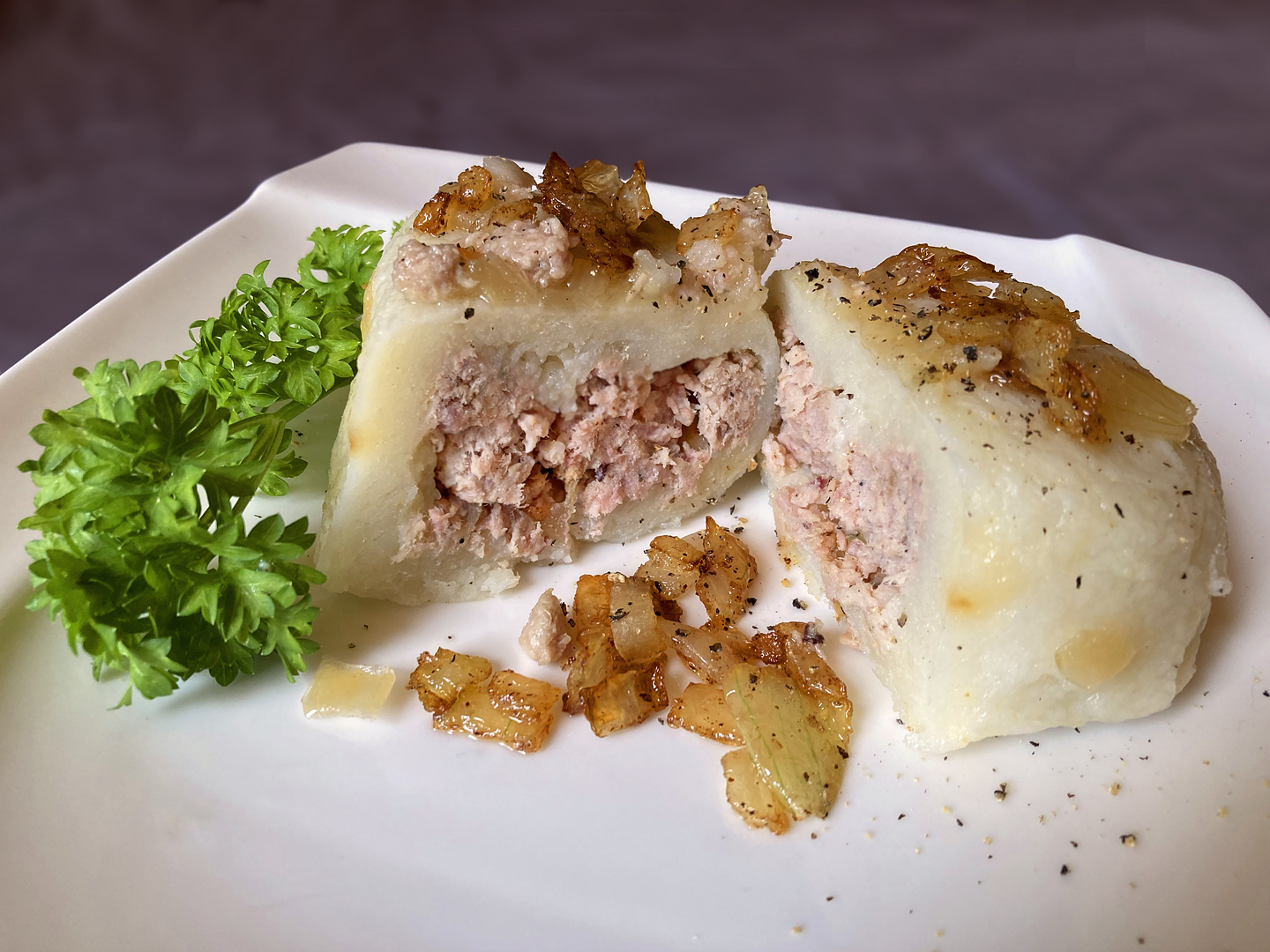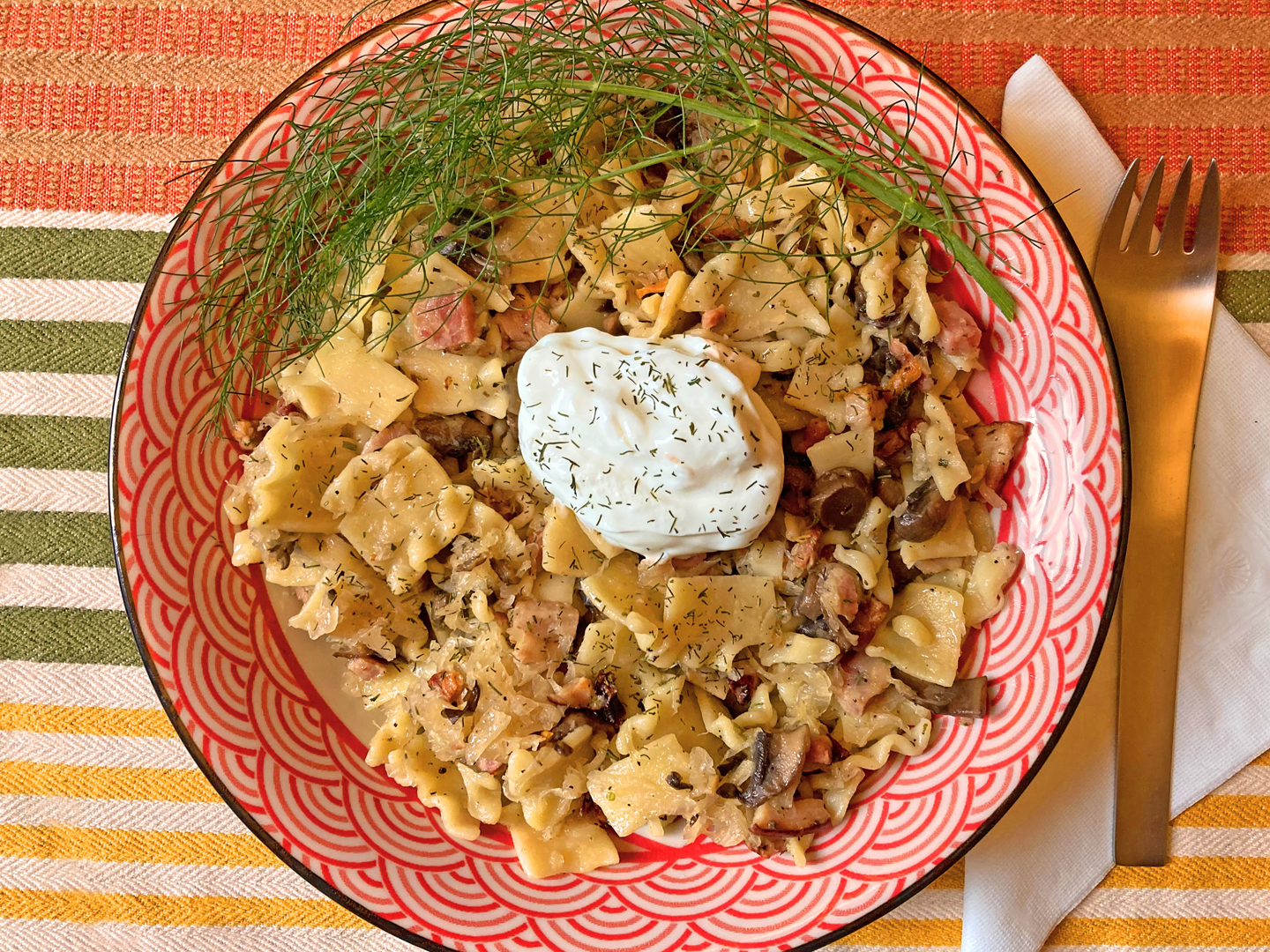(Click on any image to view it in high resolution.)

More Bensonhurst as promised. In my last post we explored Italian 86th St but Chinese bakeries also cohabit the area. The word “bakery” falls short because some of these establishments offer a selection of lunchworthy steam table dishes as well.
I seldom order anything I’m familiar with; when faced with mutual unintelligibility, my modus operandi is to point at an unlabeled tray and hope for the best. In this case I could identify slices of pork belly and taro. I watched the woman behind the window as she carefully placed a slice of the first alternating with a slice of the second and so forth into a small aluminum container until it was filled. I brought it home, plated some of it as you see here, promptly texted the photo to my Number One Spy since I had no idea about what I had purchased other than it was delicious, and asked if she knew what it was.
Of course she did. It’s Hakka Kau Yuk, comfort food that hails from China’s Guangdong province and often shows up on the Chinese New Year dinner table. Preparation is laborious but the result is extraordinary; the steamed delicacy is elevated by a savory sauce that’s the perfect complement. So good!
Thanks again, Number One Spy. I’m a lucky guy for knowing you!
Stay safe, be well, and eat whatever it takes! ❤


